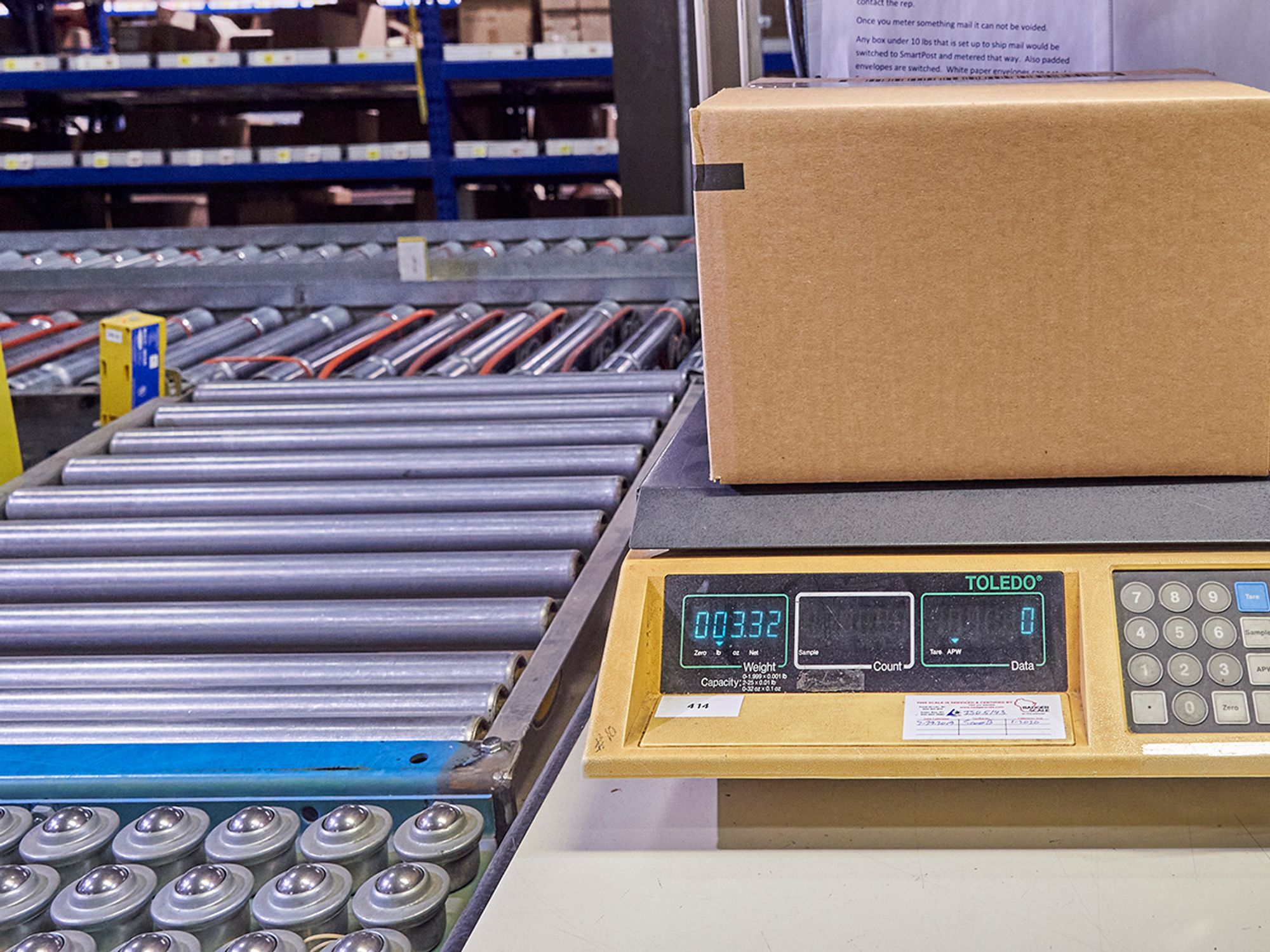Filling limits for non-bulk packagings

- The HMR outlines filling limits for non-bulk packagings used to transport liquid hazardous material.
A single or composite non-bulk packaging may be filled with a liquid hazardous material only when the specific gravity of the material does not exceed that marked on the packaging, or a specific gravity of 1.2 if not marked, with the following exceptions:
- A Packing Group I packaging may be used for a Packing Group II material with a specific gravity not exceeding the greater of 1.8, or 1.5 times the specific gravity marked on the packaging, provided all the performance criteria can still be met with the higher specific gravity material;
- A Packing Group I packaging may be used for a Packing Group III material with a specific gravity not exceeding the greater of 2.7, or 2.25 times the specific gravity marked on the packaging, provided all the performance criteria can still be met with the higher specific gravity material; and
- A Packing Group II packaging may be used for a Packing Group III material with a specific gravity not exceeding the greater of 1.8, or 1.5 times the specific gravity marked on the packaging, provided all the performance criteria can still be met with the higher specific gravity material.
A non-bulk packaging may not be filled with a hazardous material to a gross mass greater than the maximum gross mass marked on the packaging, unless otherwise allowed in Section 173.24a.
- A single or composite non-bulk packaging which is tested and marked for Packing Group I liquid hazardous materials may be filled with a solid Packing Group II hazardous material to a gross mass, in kilograms, not exceeding the rated capacity of the packaging in liters, multiplied by 1.5, multiplied by the specific gravity marked on the packaging, or 1.2 if not marked.
- A single or composite non-bulk packaging which is tested and marked for Packing Group I liquid hazardous materials may be filled with a solid Packing Group III hazardous material to a gross mass, in kilograms, not exceeding the rated capacity of the packaging in liters, multiplied by 2.25, multiplied by the specific gravity marked on the packaging, or 1.2 if not marked.
- A single or composite non-bulk packaging which is tested and marked for Packing Group II liquid hazardous materials may be filled with a solid Packing Group III hazardous material to a gross mass, in kilograms, not exceeding the rated capacity of the packaging in liters, multiplied by 1.5, multiplied by the specific gravity marked on the packaging, or 1.2 if not marked.
Packagings tested with hydrostatic test pressure as prescribed in Section 178.605.
Packagings tested as prescribed in Section 178.503(a)(5) of the Hazardous Materials Regulations (HMR) may be used for liquids only when the vapor pressure of the liquid conforms to one of the following:
- The vapor pressure must be such that the total pressure in the packaging will not exceed two-thirds of the marked test pressure. The total pressure in the packaging is the vapor pressure of the liquid plus the partial pressure of air or other inert gases, less 100 kPa (15 psi) at 55 degrees C (131 degrees F), determined on the basis of a maximum degree of filling in accordance with Section 173.24a(d) and a filling temperature of 15 degrees C (59 degrees F);
- The vapor pressure at 50 degrees C (122 degrees F) must be less than four-sevenths of the sum of the marked test pressure plus 100 kPa (15 psi); or
- The vapor pressure at 55 degrees C (131 degrees F) must be less than two-thirds of the sum of the marked test pressure plus 100 kPa (15 psi).
No hazardous material may remain on the outside of a package after filling.
